There has been a lot in the news about the different generations - most people are familiar with the terms Baby Boomers, Generation X, Millennials, Generation Z and, coming shortly to a workplace near you, Generation Alpha (born after 2013).
With the retirement age rising for both men and women, it’s possible that you’ll have staff working into their 60s and even into their 70s. Each generation has its own way of working, and depending on which generation they fall into, each of your employees will be motivated by different stimuli and workplace cultures. It is clear that the needs of employees nearing retirement are different to the needs of employees just starting out.
And it’s your job to keep them all happy!
Post Covid lockdowns, there is an opportunity to explore new ideas for flexibility and create working environments that allow everyone to work productively regardless of age or personality.
We thought it would be interesting to look at what motivates the four different generations.
Baby Boomers (born between 1946 and 1964)
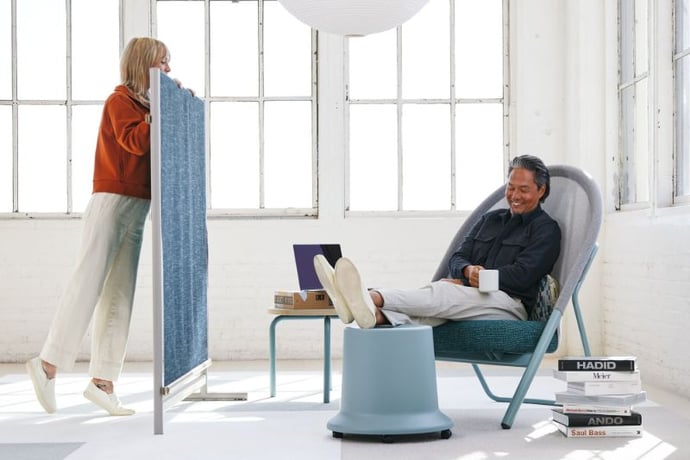
While the younger generations can be classified as ‘digital natives’ and are able to quickly and easily adapt to changes in technology, never underestimate the Baby Boomers’ contribution to the workplace just because, occasionally speaking, they can take a bit longer to get to grips with new technologies. They have the advantage of career experience, are hard working, have a good work ethic, and are less likely to flit from job to job like their younger colleagues. This means they are hugely valuable to your company in terms of knowledge about your brand and the way you work, as well as providing younger colleagues with stability and mentorship. (But a word of warning, don’t take them for granted because of that, as one fashion brand found out recently to its cost.)
Generation X (born between 1965 and 1980)
Members of Generation X are well known for their ‘work hard, play hard’ attitude. They grew up just before the tech boom, which means they’re great with people as well as technology. Generation Xers are likely to be open to new career opportunities, developing skills outside the workplace and seeking professional advice from coaches.
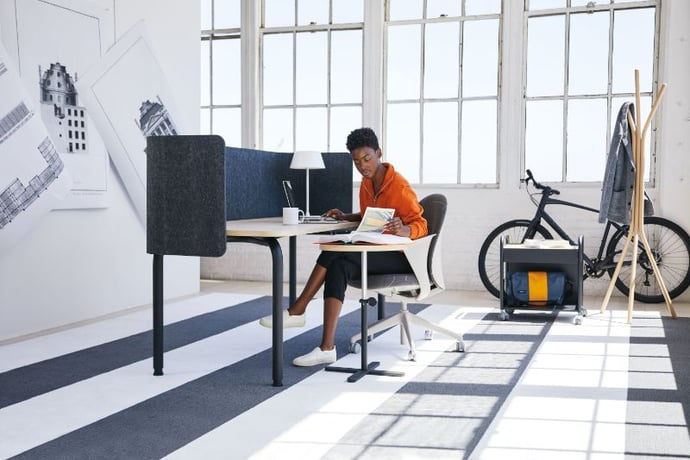
Millennials, also known as Generation Y (born between 1981 and 1996)
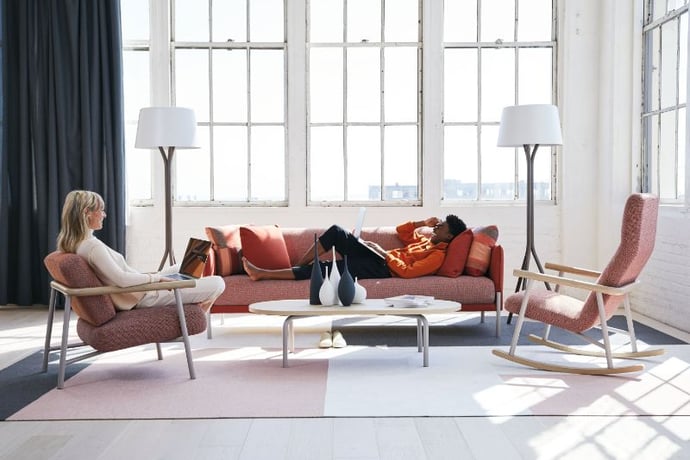
Some say that Millennials have changed the nature of the way we work. They are impatient for success, demanding and not afraid to job-hop in order to take advantage of opportunities elsewhere. But Millennials tend to want to make a difference and do something that has purpose. They are more interested in the current reputation of the company that employs them rather than in its history.
Generation Z (born between 1997 and 2012)
Generation Z - or Gen Z - employees grew up in a hugely different world to previous generations, with the internet and social media as an integral part of their childhood. Interestingly, salary is not the main motivation for Gen Z workers. Instead they are looking for fulfilling careers, preferably with companies that value diversity as well as the environment and sustainability. If you’re trying to attract and retain talented Gen Z workers, your brand needs to demonstrate its commitment to making the world a better place in terms of sustainability and charity work.
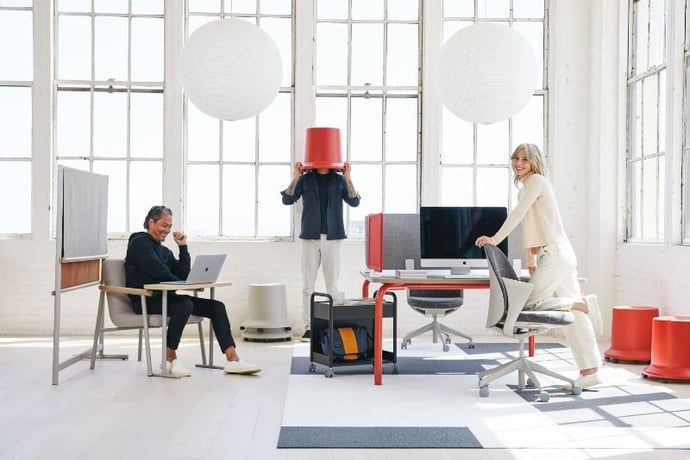
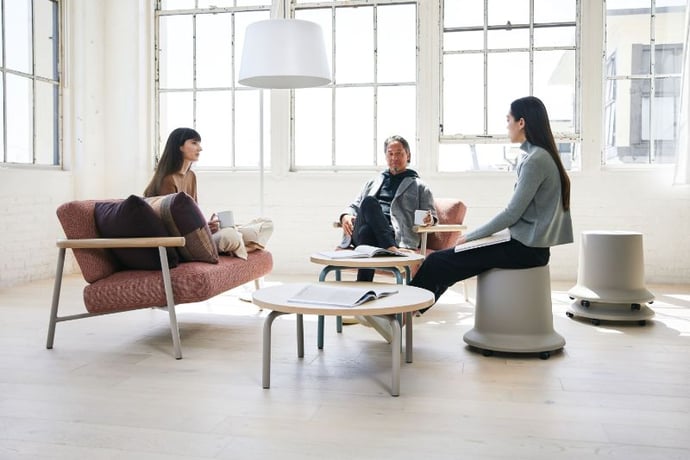
How to keep Generation Z happy
The older members of Gen Z have begun to enter the job market, and many more are in the higher education system. Office design and the workplace will need to change. Gen Z have never known a world without Google and the majority are predated by the iPhone, so they are hugely tech savvy. They are familiar with tablets, laptops and smartphones, communicating primarily through social media or messaging apps. They will need an agile workspace that keeps them connected, although perhaps surprisingly, for all their use of technology, they also prefer face-to-face interaction - much more so than their Millennial counterparts. The most beneficial office design for Gen Z is an open plan area that incorporates elements like quiet zones and private booths that cater to different working styles.
When it comes to sustainability, Gen Z has a vested interest. They could be around for at least 100 years, so the state of the ecosystem matters. With greater knowledge about the effect of humans on the environment, as well as greater knowledge about the effects of the environment on human health and mental well-being, sustainable office spaces combined with biophilic (the use of nature and the natural environment) design will help attract talented staff. There is plenty of scientific research that demonstrates a significant rise in productivity and well-being in biophilic-design workplaces and educational settings.
Generation Alpha (born after 2013)
It is worth touching on Generation Alpha as the older members will be assessing their educational choices in the near future. They are the children of the Millennials, and many have parents who didn’t start a family until they were older and had established themselves in the workplace. They are strongly principled - a 2019 survey discovered that 51% of 6-9 year olds want to do a job where they can use technology to help make a difference; 67% said they want to do jobs that help save the planet, and 59% want to do jobs that save lives.
Generation Alphas are growing up in an era of touch-screen technology, smart technology, streaming and social media, so their requirements in higher education as well as the workplace will be focused around their digital needs coupled with environmental concerns.
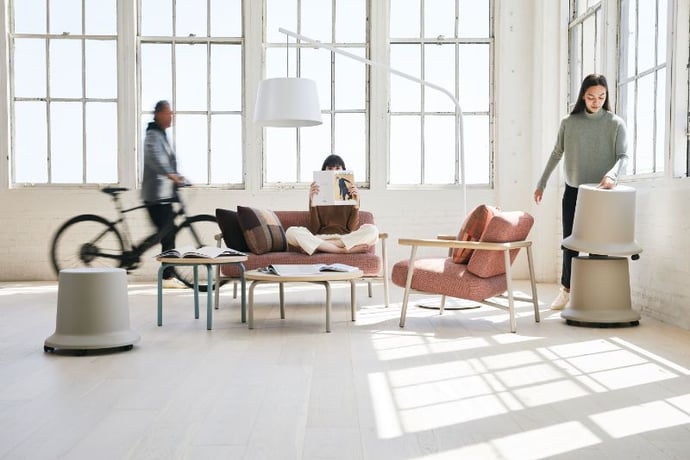
How to keep everyone happy
When it comes to the working environment and promoting a company culture that suits everyone, it’s impossible to have a ‘one size fits all’ solution that keeps all the generations happy. Yet your company will benefit from all the different skills, experience, and personality traits that each generation offers. And in the modern office, it is possible to create a workplace that has something for everyone across the generations - the performance enhancing advantages of many design concepts, such as biophilic design, are universal. Technology and office design combine to offer everyone the opportunity to work in a way that suits them best, and that will help everyone to be more productive. Creating the perfect workspace is a crucial element in enhancing employee productivity, happiness and loyalty. And with sustainability and circular solutions gaining ever greater prominence, especially among the younger generations, you can also add to your CSR credentials, which will appeal to talented staff members.
